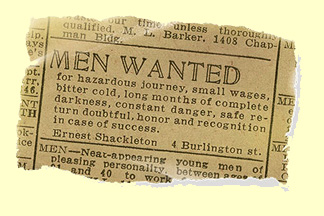
Sad fact is that not every charity is using case studies in their fundraising.
But as Christmas approaches it can feel like every charity is keen to tell you about someone who is in need of help.
To be considered ‘different’ and ‘creative’, marketers often rush to find a different way of presenting their organisation from their competitors, but fundraisers take note it is your job to tell stories in order to raise money.
To make your fundraising stick in people’s minds you should ensure that you tell a compelling emotional story about someone that your charity has helped. Better still tell them about someone who needs help.
Professor Paul Slovic released a paper entitled “If I look at the mass I will never act” in which he explored why perfectly good people aren’t moved to help in response to genocide or mass suffering.
In one study he cites that when people were asked to donate to Save the Children to combat hunger in Africa they were presented with three different approaches:
1) help a Seven year old girl called Rokia.
2) help 21 million starving Africans.
3) help Rokia who is one of 21 milltion starving Africans.
The study showed that people gave higher donaton to scenario 1 than 2. And in fact scenario 3 had a signficant impact in reducing donations compared to 1.
People want to help people. So instead of presenting them with statistics like a newspaper, present them with an idnivudal story.
“If I look at the mass I will never act” is something Mother Teresa of all people. She was just being honest. The reason why so many charities use a case study iin their fundraising is because it reflects what your audience think and feel.
Read more of the psychological studies here.







